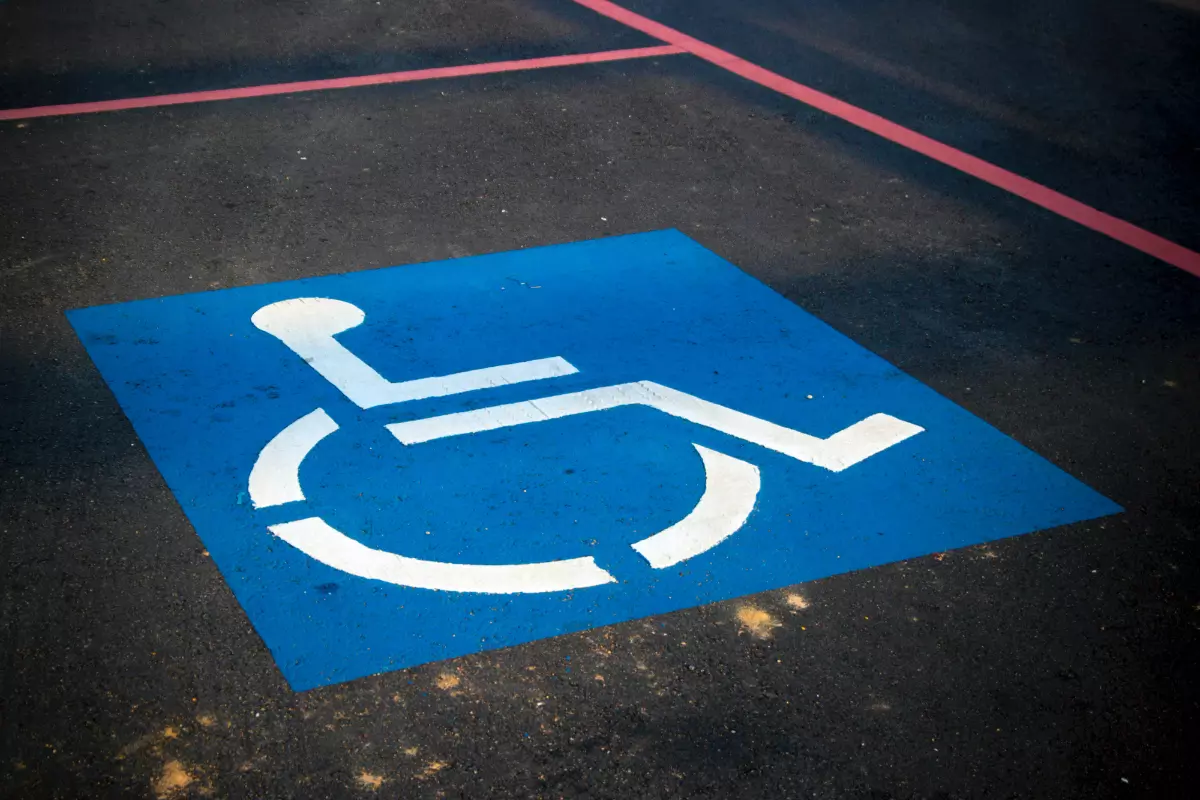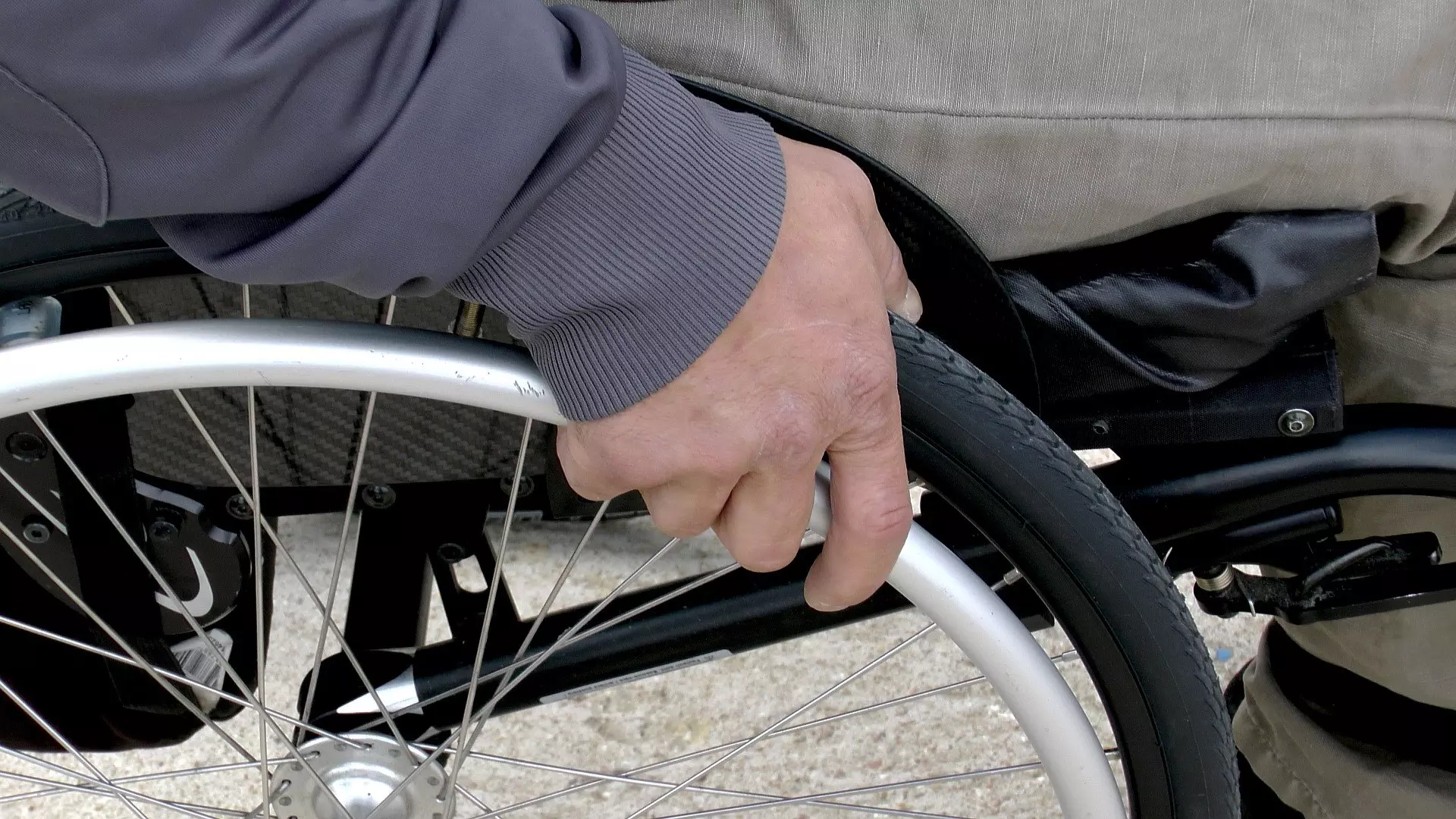Learn how disabled hand controls for cars work, providing drivers with physical disabilities the ability to operate a vehicle safely and independently.
These adaptive devices, such as push/pull levers, radial controls, and electronic accelerators, allow drivers to manage acceleration, braking, and other essential functions without using traditional foot pedals.
Find out how these custom modifications enhance accessibility and ensure a smooth driving experience for disabled drivers.
Primary Hand Controls
Primary hand controls are essential for disabled drivers who cannot use the foot pedals in a vehicle. These controls help operate the accelerator and brake, ensuring that driving is safe and efficient.
There are several types of hand controls for disabled drivers, including push-pull and push-rock systems. Push-pull hand controls work by pushing the lever to brake and pulling it to accelerate. These can be installed on the left-hand side of the steering wheel, making it easy for the driver to operate.
Another popular option is push-rock hand controls. With this system, the driver pushes the lever to brake and rocks it to accelerate. These hand controls make it possible for people with disabilities to drive a car without using foot pedals. Moreover, some hand controls come with additional features like indicator switches and horn buttons, providing further ease of use.
They often include adjustable components to tailor the setup to individual needs, ensuring a comfortable and personalised driving experience. Safety is also a significant factor; many hand controls come with built-in safety locks to prevent accidental activation.
Most vehicles with hand controls for disabled drivers need an automatic transmission, as managing a clutch would be too challenging. It is essential to have the hand controls professionally installed to ensure they meet all safety standards and are correctly fitted for optimal performance.
In conclusion, primary hand controls are a vital adaptation for disabled drivers, offering a range of options to suit different needs and preferences. They enable individuals to maintain independence and mobility, making driving both accessible and safe.
Secondary Car Hand Controls
In addition to primary hand controls, many disabled drivers also require secondary hand controls. These controls manage various secondary functions of the vehicle, such as lights, indicators, wipers, and the horn. Ensuring these controls are within easy reach, they are generally installed close to the steering wheel. There are different types of secondary hand controls designed to cater to various needs.
For example, some vehicles are equipped with a control handle on the steering wheel that operates multiple functions. This setup allows drivers to manage all secondary controls without removing their hands from the steering wheel.
This feature is crucial as it helps disabled drivers feel safe and confident while driving by providing easy access to all necessary controls. For instance, certain vehicles are equipped with a multi-function control handle on the steering wheel. This versatile handle enables the driver to operate several secondary functions without taking their hands off the wheel, enhancing both control and safety.
Additionally, other vehicles might have individual switches or buttons located around the steering column to cater to specific needs, such as footless driving or limited hand movements.
Disabled drivers should seek advice from professionals to determine the best types of hand controls for their particular requirements. The right adaptations can make a significant difference in the comfort and safety of their driving experience. Consulting with specialists ensures that the specific needs of the driver are met, enabling them to maintain independence and mobility with confidence.
Understanding the importance of these controls is essential. They not only provide convenience but also enhance the overall driving experience for disabled individuals. Properly installed secondary hand controls can lead to a more comfortable and safer drive, making it vital to choose the right adaptations tailored to the driver's specific needs.
In summary, secondary hand controls play a vital role in enabling disabled drivers to operate their vehicles efficiently and safely. By consulting with professionals and selecting the appropriate adaptations, drivers can enjoy enhanced comfort and independence on the road.

Other Driving Aids
Aside from primary and secondary hand controls, there are other driving aids available that can help disabled drivers. These aids enhance the driving experience and ensure that the vehicle is easier to handle. For instance, spinner knobs can attach to the steering wheel, allowing the driver to steer with one hand. These knobs are particularly useful for people with limited strength or dexterity in their hands.
Another helpful aid is a left-foot accelerator. This adaptation is ideal for drivers who cannot use their right foot. The left-foot accelerator is installed beside the brake pedal, allowing the driver to operate the car using their left foot. This configuration is especially suitable for those with right-side impairments.
It’s important to note that driving aids should be tailored to the individual's needs and capabilities. Consulting with mobility specialists will help find the most suitable aids and adaptations.
Discreet Hand Controls
For those preferring a more understated approach, discreet hand controls are an excellent option. These controls are designed to blend seamlessly with the car's interior, making them less noticeable.
Discreet hand controls provide the same functionality as other hand controls, including operating the accelerator and brake, but are crafted to ensure the vehicle's aesthetics remain sleek and unobtrusive. These hand controls often feature innovative designs and can be custom-made to fit the driver’s preferences.
The controls are installed in such a way that they do not interfere with the car’s original functionality. As a result, they allow the driver to maintain control over their vehicle without drawing attention to the adaptations. Incorporating discreet hand controls can be an ideal solution for disabled drivers who want a balanced blend of functionality and style.
Beyond their visual appeal, these controls are built to be durable and reliable, ensuring a safe driving experience. They can be easily integrated into various car models, catering to different drivers' needs and preferences.
Moreover, discreet hand controls can be customised to match the specific requirements of the driver, providing a more comfortable and intuitive driving experience. They are designed with the user's convenience in mind, allowing for easy accessibility and smooth operation. The discreet nature of these controls also makes transitioning between drivers straightforward, as the vehicle retains its usual appearance and functionality.

Bespoke Adaptations
Bespoke adaptations are tailor-made solutions designed to meet the specific needs of individual drivers. For people with unique disabilities or requirements, bespoke adaptations can ensure a more comfortable and functional driving experience.
These adaptations can range from specific types of hand controls to extensive modifications to the car’s interior and controls. Some drivers may need specialised seating arrangements to provide better support and comfort. This might involve adjustments to the seat’s height, depth, and angle to ensure optimal posture and ease of use.
There are also modifications available for steering wheels, pedals, and gear systems to accommodate the driver’s physical capabilities. For example, some drivers may find it easier to use a steering wheel with a spinner knob or hand controls for braking and accelerating, creating a system that suits their abilities.
Bespoke adaptations can also include voice-activated systems, allowing drivers to control certain functions with voice commands. This technology enhances accessibility and ensures that the driver can operate the vehicle without physical strain. These systems can be integrated with navigation, communication, and entertainment features, making the driving experience more seamless and safer.
One crucial aspect of planning bespoke adaptations is consulting with experts. Mobility specialists can provide valuable advice and information on the available options. They assess the driver’s individual needs through detailed evaluations and can recommend the most suitable adaptations. This ensures that the modifications are not only effective but also safe and reliable.
Regular assessments and adjustments may be necessary to adapt to changes in the driver’s condition or preferences. Moreover, some bespoke adaptations may involve the installation of advanced electronic aids, such as touch-sensitive screens or remote control systems. These devices can be customised to activate various car functions, reducing the need for physical exertion. Additionally, drivers with more severe disabilities might benefit from alterations to the car’s entry and exit mechanisms, ensuring ease of access.
Bespoke adaptations are essential for drivers with unique needs, offering solutions that enhance comfort, functionality, and safety. Working with mobility specialists is vital to ensure that these adaptations are precisely tailored and effective, ultimately providing a better driving experience for those with disabilities.
Under the Mobility Scheme, these adaptations can be fitted for no extra cost.
MotorHome Towbars provide cars, scooters, wheelchairs and more, so if you're interested, please reach out to us, and we can adapt your motor for your disability.
Are you looking for car controls for disabled drivers in Lincoln And Lincolnshire? We have a huge range of adaptations available and would love to discuss this with you.

